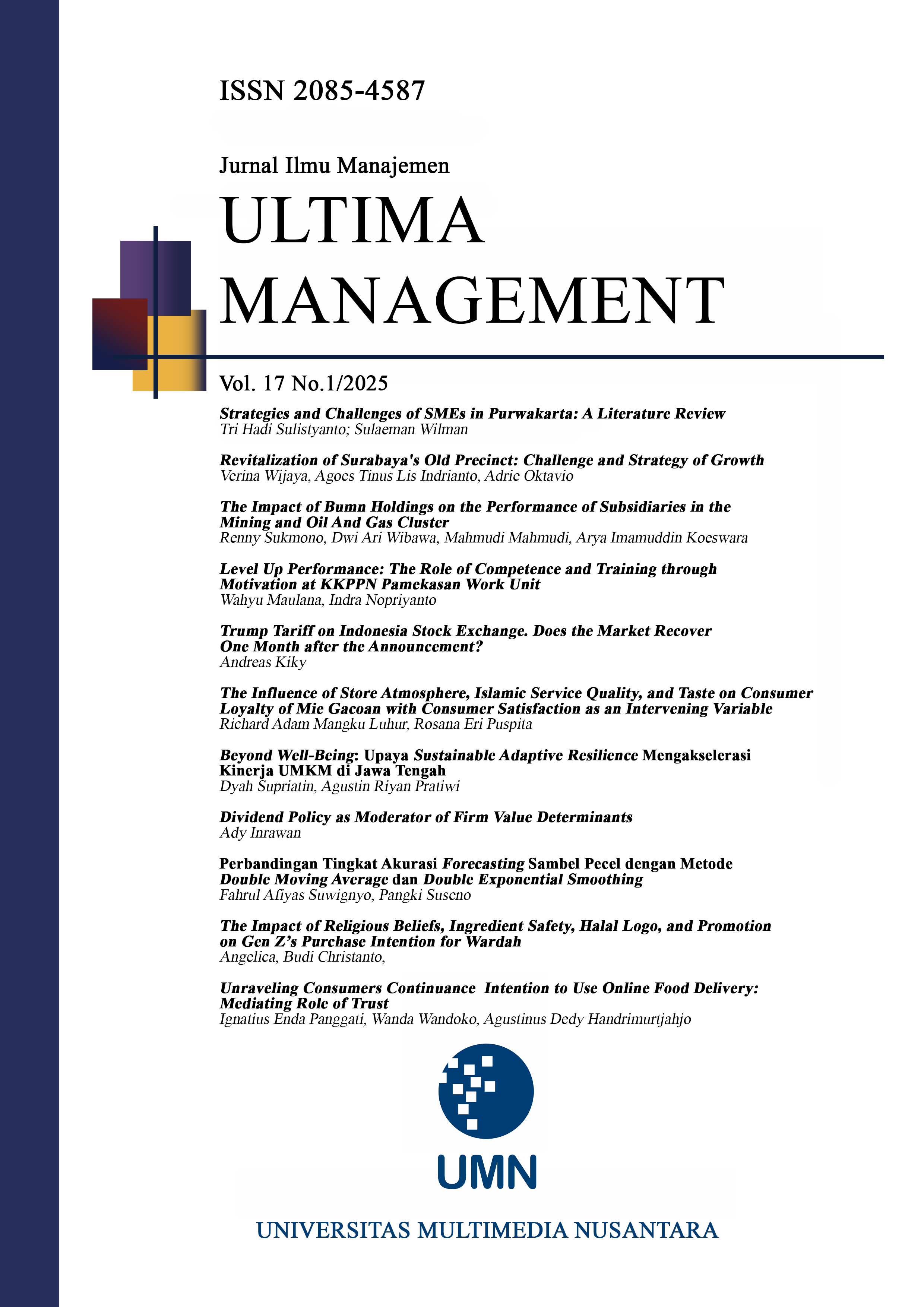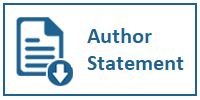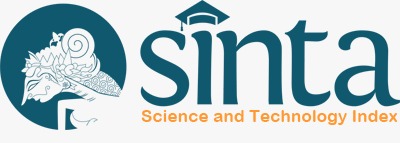REVITALIZATION OF SURABAYA'S OLD PRECINCT: CHALLENGE AND STRATEGY OF GROWTH
DOI:
https://doi.org/10.31937/manajemen.v17i1.4134Abstract
Abstract- The revitalization of Surabaya’s old precinct holds strong potential to enhance the city's tourism appeal and stimulate local economic development. This heritage-rich area has historical and cultural value, making it a strategic destination for both domestic and international tourists. However, several challenges hinder its development, including a lack of interactive attractions, insufficient public facilities such as cafés, rest areas, and toilets, as well as limited visitor engagement and short tourist stays. This study employs a qualitative descriptive research design, using triangulated data from in-depth interviews with government officials, heritage community members, and tourism practitioners, along with field observations and document analysis. The research aims to identify key strategies, opportunities, and constraints in revitalizing the precinct. Findings highlight the critical role of multi-stakeholder collaboration in revitalization efforts, where the synergy between the government, local communities, and the private sector is essential to success. The study also shows that improved infrastructure, enhanced public awareness, and creative tourism programming are necessary to sustain heritage tourism in the area. This study contributes to the discourse on sustainable urban heritage management and offers practical recommendations to policymakers seeking to balance conservation with tourism-driven economic growth in historic urban districts.
Keywords: Heritage Tourism; Revitalization; Old Precinct; Economic Growth; Surabaya
Downloads
Downloads
Published
How to Cite
Issue
Section
License
Copyright (c) 2025 Verina Wijaya, Agoes Tinus Lis Indrianto, Adrie Oktavio

This work is licensed under a Creative Commons Attribution-ShareAlike 4.0 International License.
Authors retain copyright and grant the journal right of first publication with the work simultaneously licensed under a Creative Commons Attribution-ShareAlike International License (CC-BY-SA 4.0) that allows others to share the work with an acknowledgement of the work's authorship and initial publication in this journal.
Authors are able to enter into separate, additional contractual arrangements for the non-exclusive distribution of the journal's published version of the work (e.g., post it to an institutional repository or publish it in a book), with an acknowledgement of its initial publication in this journal.















